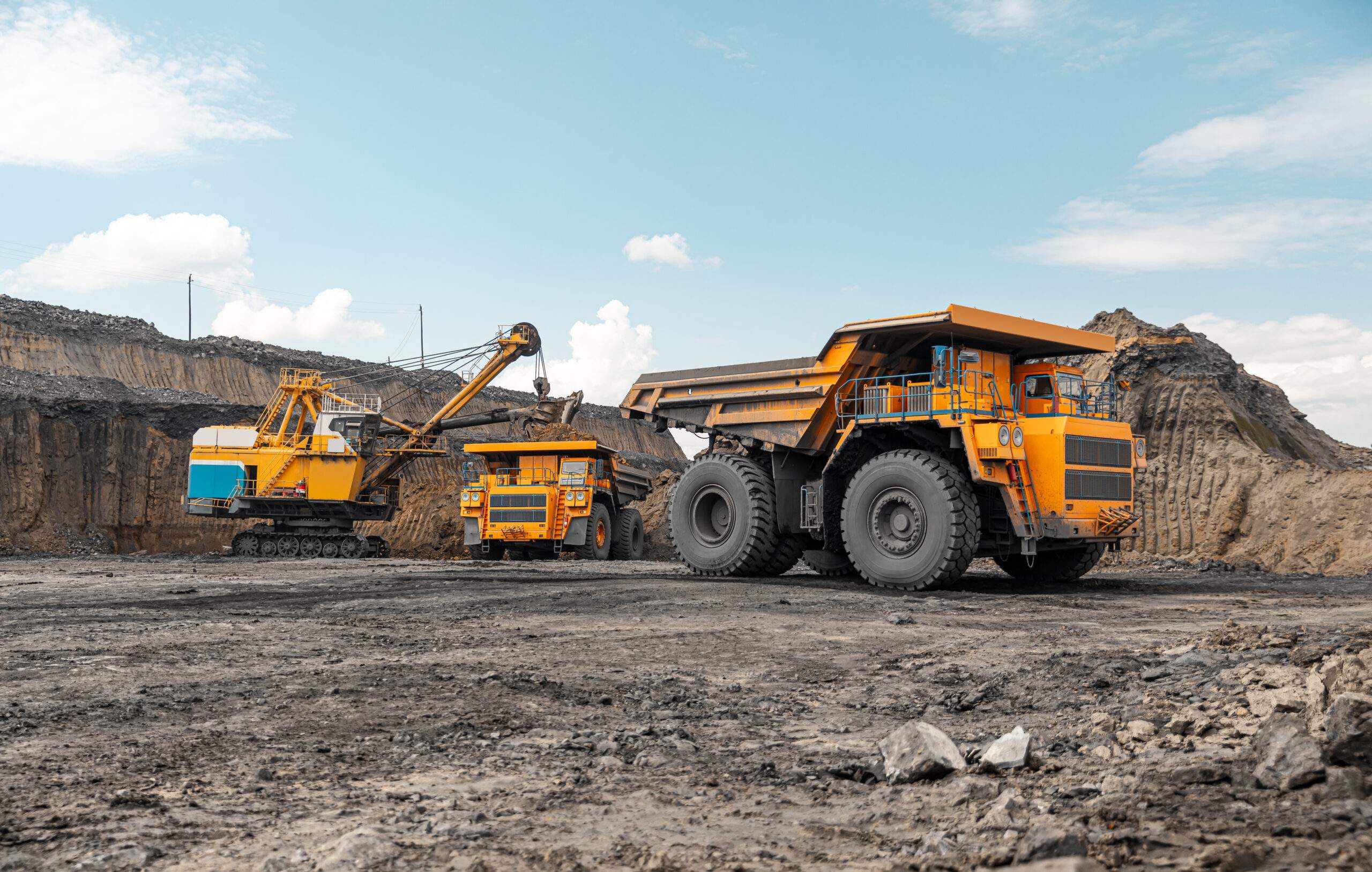Industry Expert Shares 6 Things That Will Shape South African Mining In The Months Ahead
This year’s Mining Indaba, which convened under the theme of “Embracing the power of positive disruption: A bold new future for African Mining”, was well-timed, given the winds of change that are sweeping across both the global and local mining industry, catalysing fundamental shifts in how the sector does business.
“While change is highly disruptive, it is also a force for good, stopping stagnation through breathing new life into existing spaces and creating room for innovation,” says Arjen de Bruin, Group CEO at OIM Consulting.
Following the 2024 Indaba, where he took part in numerous enlightening and insightful conversations with other key industry players, De Bruin shares six things that he expects to shape the South African mining sector in the coming months.
1. The commodity cycle downturn is here: The commodity cycle – responsible for the welcome tax windfall in the 2023 National Budget – has now turned, which has put more pressure on the industry as a whole. While gold remains relatively constant (due to its perception as a ‘safe-haven’ investment in times of market volatility), palladium and rhodium have been hit, and are currently valued at less than platinum. “The anticipated Chinese boom hasn’t quite yet exploded, so prices remain constrained.”
The good news? The cycle will turn again. “As prices once again lift, the cycle will turn – and this is likely to happen in early 2025,” says De Bruin.
2. Logistics remain a roadblock: As a result of ongoing issues at Transnet and across South Africa’s ports and railways, moving goods remains a challenge, with the result that the commodity export market is struggling. De Bruin highlights that the Richards Bay Terminal only did around half its capacity in coal last year, with exports dwindling to 1990s levels.
“Delays at ports mean that mines are carrying surplus stock. The result? The cost per ton increases, costing mines more to get their product to market.”
3. Leaner enterprises: As mines remain under pressure thanks to the commodity cycle downturn and the rail crisis – there has been a massive restructuring of organisations across the board. “Mining companies are focused on making their operations leaner, more agile, and more responsive to their environment. Our clients are looking at reducing costs and creating new value-adding positions. Decision-making has become centralised and operational efficiency is paramount.” De Bruin adds that OIM’s Supervisory Development Programme (SDP), which is focused on creating operational excellence through better capacitating the mine’s front-line leaders, remains in high demand across its client base.
4. Loadshedding is being managed (kind of): Loadshedding, which has dealt business at large a severe blow the past few years, has not managed to be a death knell to mining. “Like many other industries, the mining sector has pivoted and invested in backup power while making changes to its shift schedules, so that business can continue as usual during power hours.” In other words, never mind the Boer; the mining industry maak ’n plan.
5. Green is the new gold: As sustainability and ESG become a worldwide imperative, more and more mines are pushing for carbon-efficient programmes, to offset their environmental impact. “As an industry, we’ve matured in our thinking, and have also learned to balance the operational needs of our businesses and immediate environment with our ESG goals.”
6. As mechanisation takes hold, front-line leaders remain a concern for mining companies: South African mining still faces a big skills deficit across its workforce. De Bruin says that this, coupled with the rapid advent of mechanisation and automation that is sweeping the global mining industry, means that we have access to technology…but we don’t necessarily have the knowledge, skills or buy-in of our people to leverage tech to its full potential.
“Technology will always outpace people, and so it is critical to focus on shifting the mindset of your workforce so that they embrace change and ‘buy-in’ to the technology. Not only do we need to upskill our people; but by creating awareness around our organisational purpose, workers can better understand the role of modernisation in moving the company closer to its goals.”
Share this content:














